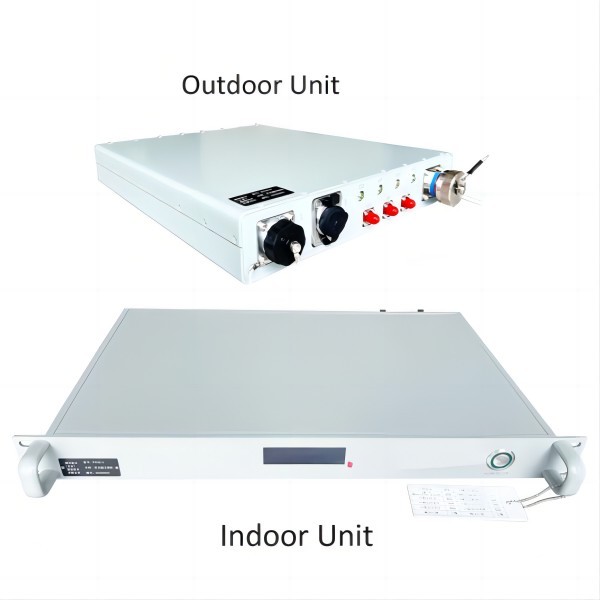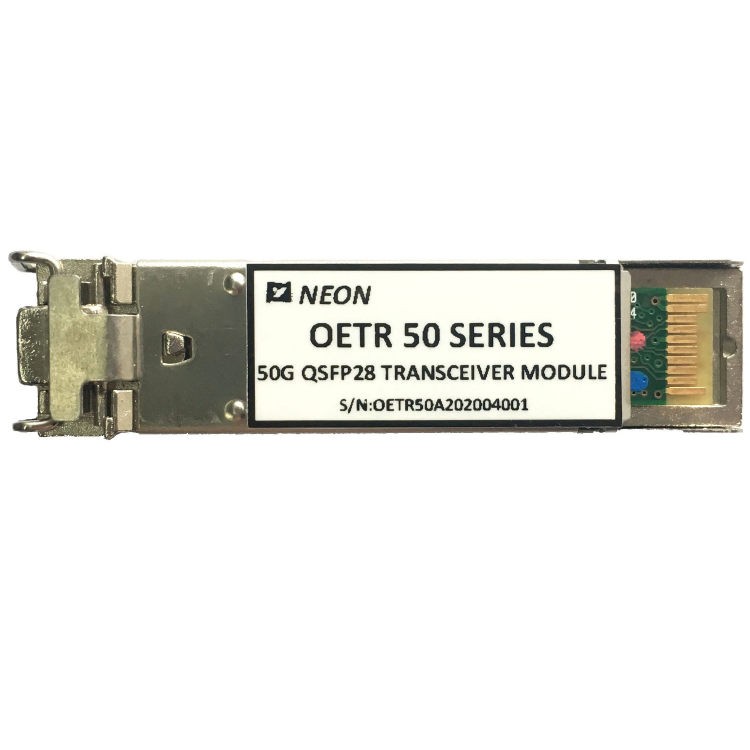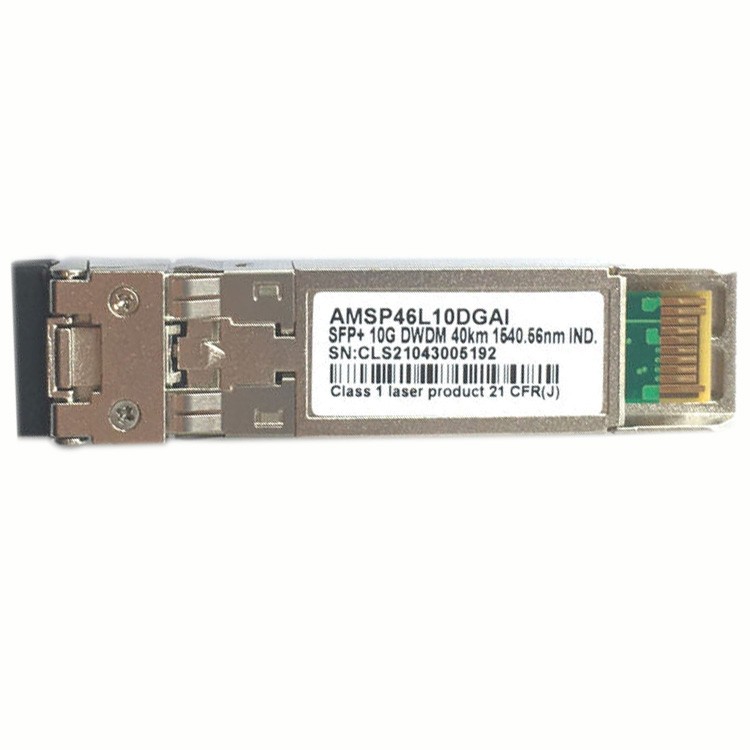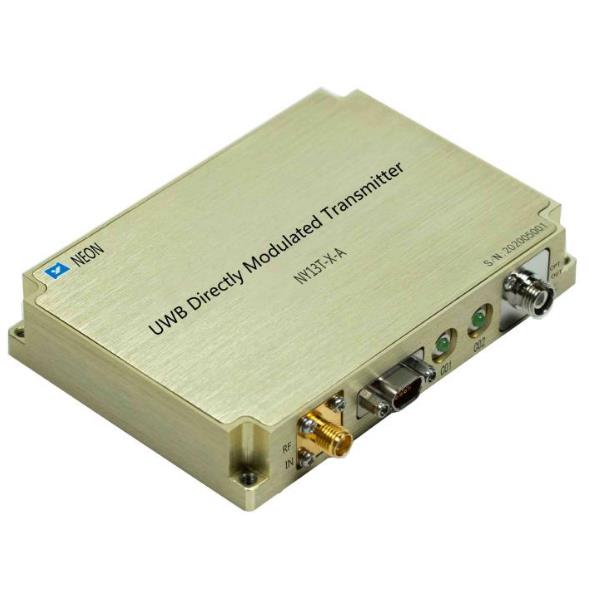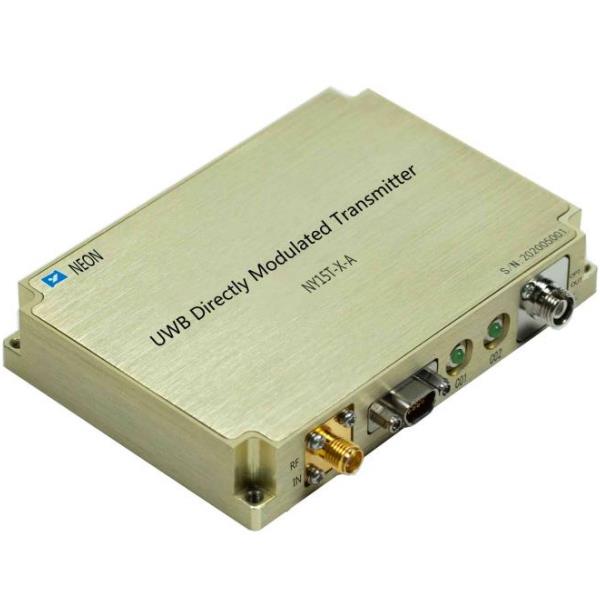SFP+ vs. DWDM SFP: Unveiling the Right Optical Transceiver for Your Network
In the dynamic world of telecommunications, optical transceivers have emerged as indispensable components, bridging the gap between electronic and optical signals. These versatile devices play a pivotal role in transmitting and receiving data over fiber optic cables, enabling high-speed, long-haul communication networks. Among the diverse array of optical transceivers, SFP+ and DWDM SFP stand out as prominent options, each catering to specific needs and applications.
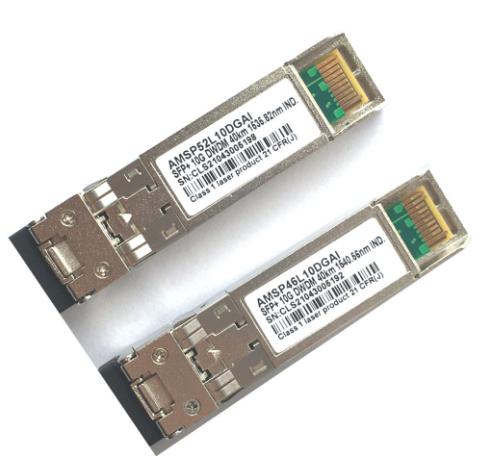
Optical Transceiver: The Backbone of Fiber Optic Communication
Optical transceivers, also known as optical modules or small form-factor pluggable (SFP) modules, are compact devices that convert electrical signals into optical signals and vice versa. They are essential components in fiber optic communication systems, enabling the transmission of data over long distances with minimal signal loss.
The primary function of an optical transceiver is to encode electrical data into optical pulses, which can then travel through fiber optic cables with minimal distortion. At the receiving end, the optical pulses are decoded back into electrical signals, allowing for the seamless transfer of information.
SFP+ Optical Transceiver: A Versatile Option for High-Speed Data Transmission
SFP+ optical transceivers, introduced in 2006, represent a significant advancement in optical transceiver technology. They offer a combination of high bandwidth, low power consumption, and compact form factor, making them ideal for a wide range of applications.
Key characteristics of SFP+ optical transceivers include:
- Data rates: SFP+ modules support data rates of up to 16Gbps, catering to the growing demand for high-speed data transmission.
- Reach: SFP+ modules can transmit data over distances of up to 40 kilometers, making them suitable for both short-haul and long-haul applications.
- Compatibility: SFP+ modules are compatible with a wide range of network equipment, including switches, routers, and servers.
- Hot-swappable: SFP+ modules can be inserted or removed from network devices without disrupting ongoing operations, enhancing network flexibility.
Benefits of Using SFP+ Optical Transceivers
- High bandwidth: SFP+ modules provide ample bandwidth to support demanding applications such as cloud computing, video streaming, and data center networking.
- Low power consumption: SFP+ modules are energy-efficient, contributing to reduced operational costs and environmental benefits.
- Compact form factor: SFP+ modules are small and lightweight, making them suitable for high-density network environments.
- Versatility: SFP+ modules are compatible with a wide range of network equipment and protocols, providing flexibility for diverse applications.
Applications of SFP+ Optical Transceivers
- Data center networking: SFP+ modules are widely used in data centers to interconnect switches, routers, and servers, enabling high-speed data transfers.
- Enterprise networks: SFP+ modules are employed in enterprise networks to connect workstations, servers, and network devices, ensuring efficient data transmission within the organization.
- Telecommunication networks: SFP+ modules are utilized in telecommunication networks to provide high-speed connectivity between carrier networks and customer premises.
- Industrial applications: SFP+ modules are finding increasing use in industrial automation, providing reliable data transmission in harsh environments.
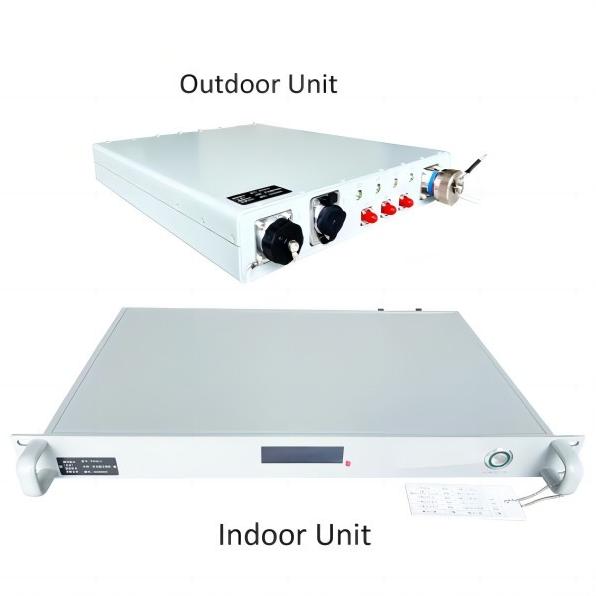
DWDM SFP: Multiplexing Wavelengths for Increased Capacity
Dense wavelength division multiplexing (DWDM), a key technology in fiber optic communication, enables the transmission of multiple optical signals on a single fiber optic cable by utilizing different wavelengths of light. DWDM SFP optical transceivers incorporate this technology, allowing for the expansion of network capacity without the need for additional fiber cables.
Advantages of Using DWDM SFP
- Increased network capacity: DWDM SFP modules enable the transmission of multiple data streams on a single fiber, significantly enhancing network capacity.
- Reduced infrastructure costs: DWDM SFP modules eliminate the need for additional fiber cables, reducing infrastructure costs and simplifying network management.
- Improved scalability: DWDM SFP modules allow for incremental capacity upgrades by adding additional wavelengths, making networks more scalable.
Applications of DWDM SFP
- Long-haul telecommunication networks: DWDM SFP modules are extensively used in long-haul telecommunication networks to provide high-speed, high-capacity connectivity over long distances.
- Metropolitan area networks (MANs): DWDM SFP modules are employed in MANs to connect multiple sites within a metropolitan area, enabling efficient data exchange.
- Data center interconnects: DWDM SFP modules are utilized to interconnect data centers, providing high-bandwidth connectivity for data replication and disaster recovery.
- Undersea fiber optic networks: DWDM SFP modules play a critical role in undersea fiber optic networks, enabling high-speed data transmission across vast distances.
Comparative Analysis: SFP+ vs. DWDM SFP
SFP+ and DWDM SFP optical transceivers both serve essential roles in fiber optic communication, each with its own set of strengths and applications. Understanding their distinctions is crucial for selecting the most suitable option for specific network requirements. Here is a detailed comparison in a summary table as follows:
| Feature | SFP+ | DWDM SFP |
| Data rate | Up to 16Gbps | Up to 400Gbps |
| Reach | Up to 40 kilometers | Up to 2,000 kilometers |
| Cost | Lower upfront cost | Higher upfront cost |
| Applications | Data center networking, enterprise networks, short-haul telecommunication links | Long-haul telecommunication networks, metropolitan area networks, data center interconnects, undersea fiber optic networks |
| Strengths | Versatile, cost-effective | High-capacity, scalable |
| Weaknesses | Limited data rate and reach | Higher upfront cost |
| Suitability | High-bandwidth and reach up to 40 kilometers applications | High-capacity, long-haul applications where multiplexing wavelengths is crucial |
Choosing the Right Transceiver
The choice between SFP+ and DWDM SFP depends on the specific network requirements. For applications demanding high bandwidth and reaching up to 40 kilometers, SFP+ modules offer a cost-effective and versatile solution. For high-capacity, long-haul applications where multiplexing wavelengths are crucial, DWDM SFP modules provide a more efficient and scalable approach.
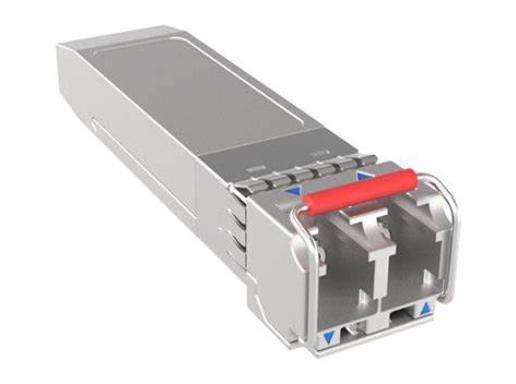
Conclusion: The Future of Optical Transceivers
Optical transceivers have revolutionized fiber optic communication, enabling high-speed, long-haul data transmission and paving the way for the interconnected world we live in today. As data demands continue to surge, optical transceiver technology is keeping pace, with advancements in data rates, reach, and integration capabilities.
SFP+ and DWDM SFP modules, with their distinct strengths, are poised to play a significant role in shaping the future of optical communication. SFP+, with its versatility and cost-effectiveness, will remain a mainstay in data centers and enterprise networks, while DWDM SFP, with its ability to multiplex wavelengths, will continue to dominate long-haul, high-capacity applications.
Looking ahead, the integration of optical transceivers into network devices is becoming increasingly prevalent, leading to more compact and energy-efficient solutions. Additionally, the development of new optical transceiver form factors and the exploration of advanced modulation technologies are promising further advancements in data rates, reach, and overall network performance.
As the demand for high-speed, reliable data transmission continues to grow, optical transceivers will remain at the forefront of fiber optic communication, enabling seamless connectivity and shaping the future of the digital landscape.


